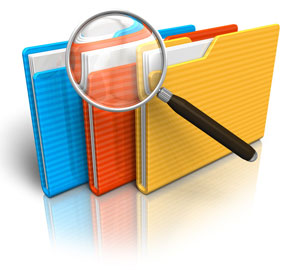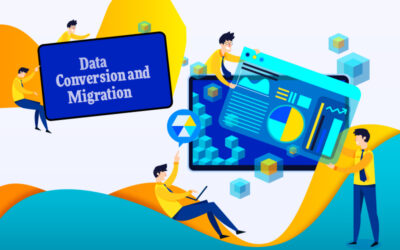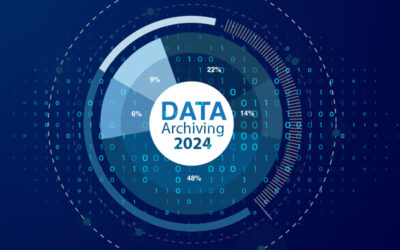Though healthcare organizations are striving towards attaining digitized offices, many of them still handle a number of paper documents. Continued creation and use of paper documents may reduce productivity, increase costs, and PHI security risks. With a proper document scanning and indexing system in place, healthcare organizations can securely capture, process, route, print, and share documents across the facility.
Electronic medical records (EMR) offer a win-win situation for both patients and healthcare providers. Converting archival and working records into electronic format will allow healthcare entities to access information quickly and effortlessly. With the required patient information at their finger tips, physicians can ensure accurate diagnosis, prescribe timely and appropriate treatments, and offer more effective healthcare services. Additionally, they can control and track the access to patient information thus safeguarding patient privacy and ensuring HIPAA compliance.
Paper Charts Scanning
Paper charts limit easy access and updating of health information, which can adversely affect the quality of care provided. Paper charts usually include lab results, prescriptions, billing or insurance company correspondence and information, imaging results (X-rays, CT scans, or MRIs), and physician notes. During the scanning process, the images of the documents are accurately captured. These documents are converted to searchable and editable files, and then stored in a secure database.
Other medical documents that can be scanned and preserved include:
- Patient records
- Hospital / clinic entrance forms
- Clinical data repositories
- Consent forms
- Explanation of benefits (EOBs)
- Patient medical history questionnaires
- Patient satisfaction forms
- Pharmacy forms
- Purchase orders
- X-ray reports
Advantages of Digitizing Healthcare Records
Digitizing all health-related documents can speed up patient care, improve the quality of care, enhance records management and bring about significant cost savings. Other advantages of digitizing healthcare records include:
- Costs associated with photocopying, faxing or courier services (to transport patient information) can be reduced
- Reduced physical storage requirement for patient health information (many healthcare facilities have repurposed their file rooms to accommodate additional physicians or to arrange more examination rooms)
- More efficient and appropriate healthcare, reducing the threat of expensive malpractice suits
- By using forms software for transaction processing, healthcare organizations can more quickly recover the payments for services, thus improving their cash flow
- Automated workflows that lower costs and increase efficiencies
- Compressed timeframes for revenue cycle improvements
- Secure, compliant storage facility to maintain chain-of-custody throughout a record’s lifecycle – while protecting electronic information
In brief, document scanning solutions addresses the inefficiencies, clinical and financial ramifications, related to paper-centric clinical records along with the associated time-consuming bottlenecks, which in turn helps in improving medical billing and collection.




